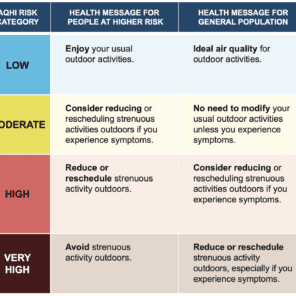Client: Canadian Food Inspection Agency (CFIA)
Listing of the client in no way affirms the client's support, sponsorship, or validation in any form of Risk Sciences International or the RSI staff member(s) who conducted this project during their stay with RSI or prior to joining the company. This case study is displayed for informative purposes only to demonstrate the capacity of RSI staff members. This case study reveals no proprietary information or information deemed sensitive.
Measuring impact of zoonotic animal diseases in Canada
The Canadian Food Inspection Agency sought RSI’s support in exploring how human health impacts from zoonotic diseases could be compared consistently with other public health risks. Traditionally, animal disease control decisions relied on veterinary and economic measures, but there was no standard way to capture and compare the burden of zoonoses on human health. The CFIA wanted an approach that would allow it to weigh different animal health interventions against other public health priorities in a way that was scientifically robust and comparable across hazards.
RSI conducted case studies on a range of zoonotic diseases, including avian influenza, bovine spongiform encephalopathy, bovine tuberculosis, brucellosis, psittacosis, Q fever, Rift Valley fever, and others. For each, data were compiled and modeled using stochastic calculations with @Risk software, with bootstrapped iterations to quantify uncertainty. Human health impacts were expressed in disability adjusted life years (DALYs), an established metric used by the World Health Organization and others to capture both morbidity and mortality in a single measure. This allowed the CFIA to see the relative health burden of animal diseases compared not only to each other but also to other human health risks outside the veterinary domain.
The purpose of this project was to provide the CFIA with a decision-support basis for prioritizing interventions across a wide range of zoonotic hazards. By translating animal health risks into DALYs, the agency gained a tool for consistent cross-comparison, enabling more balanced and defensible risk management choices and more transparent communication of risk trade-offs to stakeholders.
Experts related to this case study
More RSI Case Studies
RSI presents a very small selection of case studies to highlight some of its key work.






















